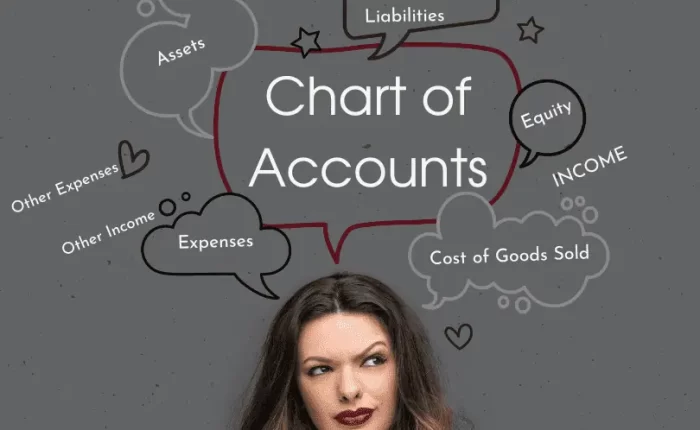Demystifying Key Accounting Principles for Small Business Owners

1. Financial Statements
Financial statements (or financial reports) are curated records of an organization’s activities and financial position for a set period. They express the value of an organization by showing what it owns (assets) and what it owes (liabilities) plus stockholder equity (or capital).
The most critical accounting document is the balance sheet, which shows what your company has on hand (assets) and what it owed at a fixed point in time. Those amounts must match because assets equal liabilities plus stockholders’ equity.
The income statement, also known as a P&L report or profit and loss statement, shows how much your business makes and spends within a specified period. Revenues are subtracted from expenses to reveal your net income figure for that period. A cash flow statement (also called a statement of operating activities or a cash flow summary) documents your company’s exchanges with the outside world over a specified period. The amount of cash flowing into your business should match the amount of money going out so that you have enough funds to pay debts, buy materials and supplies and make payroll.
2. Taxes
A tax is a compulsory charge or levy on goods, services or capital imposed by state and federal governments to generate revenue. Governments use this revenue to pay for public services, such as schools, roads, law enforcement and hospitals.
Individuals pay taxes based on their income, while corporations pay taxes on their profits. Tax laws generally provide deductions for expenses that help offset the amount of tax owed.
At a local level, citizens pay property taxes on their homes and businesses and a sales tax when they purchase tangible goods at stores. Most states also impose an income tax and a variety of other business taxes. Governments vary the size and structure of their tax rates in order to meet multiple goals. These include raising revenues, achieving economic neutrality and redistribution. In addition, a tax should be easy to understand and administer. It should not discourage personal or business choices or encourage illegal activity. Taxes may be used to achieve these objectives by increasing prices, changing demand, or regulating supply.
4. Financial Planning
Financial planning is a method that helps individuals meet their financial goals. For instance, it helps individuals determine how much to save each month for future expenses, as well as how to cut back on unnecessary spending. It also helps them establish a retirement strategy, as well as set long-term financial goals such as saving for their children’s education or buying a home.
To create a financial plan, it is necessary to know how much an individual is worth. This can be determined by summing up an individual’s assets (like cash, investments and property) and comparing them against their liabilities. This includes assessing whether an individual has the appropriate insurance coverage for life, health, and property.
A financial planning process should involve access to historical data, business models and projections so that individuals can monitor their real-time performance against planned targets. This allows for continuous adjustments and a fully connected enterprise plan. Traditionally, financial planning was a manual process that was disconnected from other areas of the business and often conducted using Excel spreadsheets.